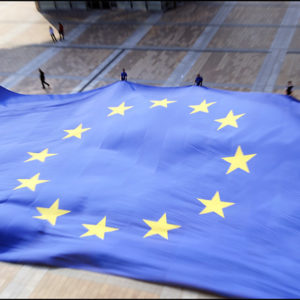-
Trial phase of EU carbon border adjustment mechanism begins
Date posted:
-
-
-
Post Author
Patrick LaveryCombustion Industry News Editor
-
-

The trial phase of the European Union’s carbon border adjustment mechanism (CBAM) has begun, as of October 1.
Running until the end of 2025, the trial phase does not impose costs on imported carbon-intensive goods (steel and iron, aluminium, cement, hydrogen, fertilisers and electricity), but will only require that carbon intensity data be collected, so that refinements to the system can be made prior to costs being imposed as of 1 January 2026. A European Commission estimate made when the CBAM was first being proposed was that administration in regards to the scheme would cost European businesses up to €27 million per year, although according to the Financial Times, several companies and trade bodies have suggested that the cost will be higher, given the extent of administration required and changes to contracts and procedures needed.
Importers – an estimated 1000 of them – will be required to complete forms that stretch to 10 sections, and some companies may lack the required expertise in carbon accounting. It is unclear the extent to which exporters from outside the EU are ready to detail their emissions such that they can be recorded by importers, which they are required to do by 1 January 2024, unless they are happy to use default values for their goods (which will be published by the end of the year). Paolo Gentiloni, EU commissioner for the economy, has written that the EC has “provided extensive guidance to industry on how CBAM will work during the transition phase”, and will “maintain a close and constructive dialogue with businesses, other stakeholders and trading partners during this period”.
He also reiterated the goals of the CBAM – to spur green innovation, and to prevent ‘carbon leakage’ in production of carbon-intensive goods moving out of the EU. The idea is a good one in theory and the next few years will hopefully show that the additional administration is worth it.
